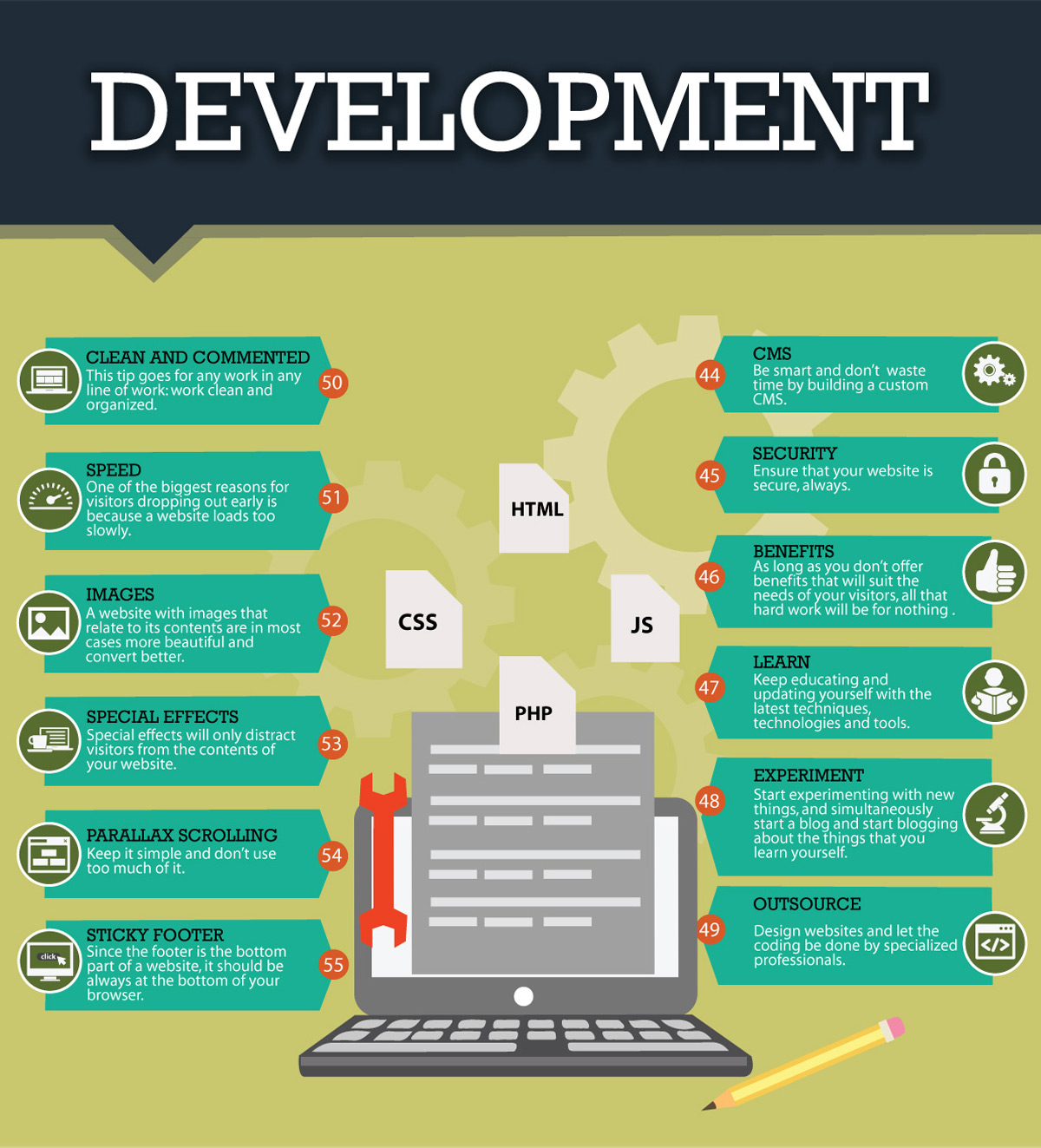Join Us As We Start A Trip Through Time, Checking Out The Development Of Site Design And Exactly How It Has Affected The Digital Landscape
Join Us As We Start A Trip Through Time, Checking Out The Development Of Site Design And Exactly How It Has Affected The Digital Landscape
Blog Article
Authored By-Dalrymple Wren
In the past, web sites were straightforward and concentrated on info. Navigating was straight, and design was for desktops. Now, individual experience is vital. Information guides styles for simple navigating. Responsive formats match various tools. Today, dark mode minimizes strain, and minimalist food selections improve navigation. Interactive attributes engage users, and bold visuals stand apart. AI assimilation enhances interaction. See how layout has evolved to improve your online trip.
Very Early Days of Website Design
In the early days of web design, simpleness preponderated. Internet sites were standard, with restricted colors, font styles, and layouts. The focus was on supplying info as opposed to fancy visuals. Individuals accessed the internet through sluggish dial-up links, so rate and functionality were crucial.
Navigating food selections were straightforward, usually located on top or side of the page. Web sites were made for home computer, as mobile surfing wasn't yet prevalent. Web content was king, and designers focused on simple readability over intricate design elements.
HTML was the main coding language made use of, and developers had to work within its restrictions. Computer animations and interactive functions were minimal contrasted to today's requirements. Internet sites were static, with little vibrant content or personalized user experiences.
Surge of User-Focused Style
With the development of web site design, a change in the direction of user-focused design principles has actually come to be significantly popular. Today, creating websites that focus on individual experience is important for engaging site visitors and attaining service goals. User-focused design involves recognizing the demands, preferences, and habits of your target market to tailor the internet site's design, material, and includes accordingly.
Designers currently carry out extensive research, such as user studies and usability testing, to collect understandings and feedback directly from individuals. This data-driven approach assists in developing intuitive navigation, clear calls-to-action, and aesthetically attractive interfaces that resonate with visitors. By positioning the customer at the facility of the design process, sites can deliver an extra tailored and pleasurable experience.
Receptive style has likewise become an essential element of user-focused style, making sure that websites are maximized for various devices and display sizes. This versatility boosts ease of access and usability, dealing with the diverse means users connect with web sites today. In essence, the surge of user-focused layout signifies a change in the direction of producing electronic experiences that prioritize the demands and expectations of the end individual.
Modern Trends in Website Design
Check out the most recent patterns forming web design today. https://edgarkgaup.blogdal.com/30309125/unlock-the-keys-of-social-media-marketing-approaches-for-success is dark setting style, offering a smooth and modern-day appearance while minimizing eye stress in low-light settings. One more crucial trend is minimalist navigation, streamlining food selections and enhancing customer experience by concentrating on essential elements. Incorporating micro-interactions, such as animated buttons or scrolling effects, can develop an extra interesting and interactive internet site. Receptive style stays essential, guaranteeing smooth user experiences across different devices. Additionally, making website redesign cost of strong typography and unbalanced formats can include visual passion and accentuate certain content.
Incorporating AI innovation, like chatbots for client support or customized referrals, enhances user interaction and improves processes. Availability has additionally come to be a substantial fad, with developers focusing on comprehensive layout practices to deal with diverse customer demands. Accepting sustainability by maximizing web site efficiency for rate and effectiveness is one more arising pattern in website design. Collaborating with individual responses and information analytics to iterate and enhance style constantly is necessary for remaining appropriate in the ever-evolving electronic landscape. By embracing these contemporary patterns, you can develop a visually enticing, straightforward web site that reverberates with your target market.
Final thought
As you assess the advancement of site design from the early days to currently, you can see just how user-focused style has become the driving force behind contemporary fads.
Embrace the trip of change and adaptation in website design, always maintaining the user experience at the center.
Keep existing with the latest fads and technologies, and never quit evolving your approach to produce visually sensational and user-friendly websites.
Evolve, adapt, and produce - the future of website design is in your hands.
